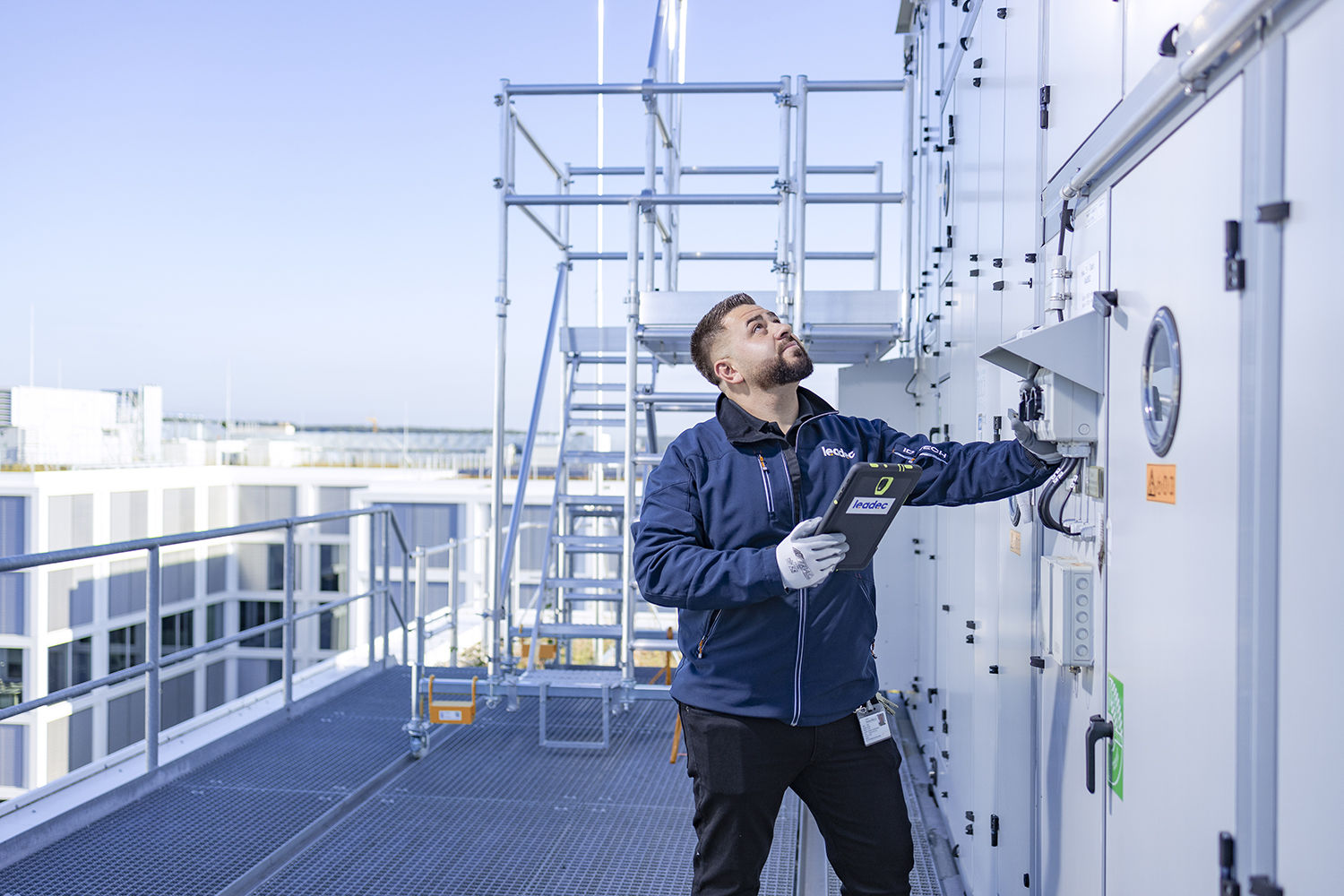The Significance of Sustainability in Facility Management Practices
The Significance of Sustainability in Facility Management Practices
Blog Article
The Crucial Guide to Facility Monitoring: Approaches for Success
Facility management plays a crucial function in the general success of an organization, functioning as the backbone that sustains performance, productivity, and safety. By utilizing calculated approaches such as incorporated technical options and promoting cross-departmental partnership, companies can substantially enhance their operational foundations. The subtleties of reliable facility management extend beyond mere logistics and require an extensive understanding of both qualitative and measurable metrics. As we explore these vital approaches, a closer assessment exposes exactly how they can transform not simply centers, however the very culture within an organization itself. What might these transformations resemble in method?
Recognizing Facility Monitoring
What constitutes efficient facility management? Efficient facility administration encompasses the coordination of numerous organizational functions to make sure that developed environments are risk-free, effective, and for productivity. Facility Management. It integrates the concepts of organization, style, and design administration to develop a smooth functional flow within an organization
Secret aspects of facility monitoring consist of room preparation, maintenance monitoring, and conformity with wellness and safety and security regulations. Area preparation concentrates on optimizing using physical sources to sustain business goals, while maintenance monitoring ensures that centers are kept in optimum problem, making best use of life expectancy and reducing operational expenses. Conformity with regulative and legal requirements is critical, as it safeguards the organization versus prospective obligations and enhances its track record.
Additionally, efficient center monitoring depends on the strategic usage of innovation, such as Structure Administration Systems (BMS) and Computer-Aided Facility Monitoring (CAFM) tools. These modern technologies help with real-time surveillance of building systems and improve maintenance procedures. Ultimately, an extensive strategy to facility monitoring not only advertises operational performance yet also fosters a favorable setting for visitors and workers alike, driving overall organizational success.
Trick Strategies for Optimization
Maximizing facility monitoring calls for a strategic method that aligns operational methods with business purposes. To attain this, the very first vital method is the implementation of integrated technical options. Making use of advanced software systems permits real-time tracking of facility operations, assisting in data-driven decision-making and enhancing total efficiency.
Secondly, regular evaluations of center performance are vital. Carrying out routine evaluations and audits makes it possible for center managers to recognize locations that require improvement, guaranteeing that resources are alloted successfully. This positive technique assists in lessening downtime and boosting service shipment.
Another essential approach is fostering partnership across divisions. By urging open communication between teams, facility supervisors can better align their strategies with service goals, causing enhanced functional synergy. Additionally, involving staff in training programs advertises a culture of responsibility and boosts their ability to add to optimization initiatives.
Enhancing Security Procedures
Strengthening safety and security procedures is crucial for creating a safe and secure environment within facilities. An extensive safety and security protocol not just shields visitors and workers yet likewise boosts functional efficiency. To accomplish this, facility managers need to carry out routine threat evaluations to recognize possible threats and guarantee that appropriate steps are in area.
Training and education and learning are vital components of efficient security protocols - Facility Management. Employees should get continuous training in emergency treatments, tools handling, and personal safety measures. Regular drills, such as fire evacuations or lockdown procedures, foster experience and readiness among personnel
Additionally, clear interaction networks need to be established to report safety and security problems without delay. This consists of producing an easily accessible system for staff members to voice prospective dangers or cases without worry of reprisal. Leveraging modern technology can improve safety steps; for instance, applying monitoring systems and accessibility controls helps keep track of center tasks and limit unauthorized entry.
Lastly, conformity with regional regulations and sector criteria is non-negotiable. Normal audits and evaluations of safety and security protocols guarantee positioning with current legislations and best techniques. By focusing on these techniques, facility managers can grow a culture of safety that protects all stakeholders and inevitably adds to the organization's success.
Improving Work Environment Environment

Ergonomic factors to consider are important to reduce physical stress and pain. Facility Management. This includes giving flexible furniture, appropriate illumination, and appropriate space for motion. These modifications can result in reduced absence and raised work contentment
Aesthetic appeals play an important function fit the work environment atmosphere. Making use of color psychology, natural illumination, and greenery can foster a promoting and inviting atmosphere. Attentively created rooms can increase imagination and improve general health.
Additionally, urging staff member interaction via inclusive decision-making procedures can improve the feeling of ownership and belonging. Collecting comments on work environment renovations and involving employees in the style procedure can lead to an extra customized environment that meets their requirements.
Lastly, advertising well-being campaigns, such as health cares and leisure rooms, can additionally add to an encouraging work environment culture. By focusing on these approaches, center managers can effectively enhance the workplace setting, driving both employee complete satisfaction and organizational success.
Measuring Success in Facilities
Measuring success in center management calls for a thorough method that evaluates both our website measurable and qualitative metrics. Quantitative metrics usually include key performance indications (KPIs) such as space use prices, energy intake, maintenance costs, and tenancy levels. These metrics give a clear photo of operational efficiency and monetary efficiency, permitting center supervisors to recognize locations for renovation and benchmark against sector criteria.
Qualitative metrics, on the other hand, focus on individual contentment and worker engagement. Studies and feedback devices can gauge just how well the centers satisfy the requirements of occupants, helping to examine the total workplace setting. This element is critical, as a pleased labor force is frequently connected to increased efficiency and retention prices.
To efficiently gauge success, center managers must likewise take into consideration incorporating innovation, such as developing monitoring systems and data analytics devices, to collect and examine pertinent data. Routinely assessing both sets of metrics enables for a much more well balanced view of efficiency and notifies calculated decisions. Ultimately, an effective center monitoring method rests on a dedication to continual enhancement, ensuring that both functional performances and individual complete satisfaction are prioritized.
Final Thought

Facility administration plays a vital role in the overall success of a company, offering as the foundation that sustains effectiveness, productivity, and security.Secret components of facility management consist of room planning, upkeep management, and conformity with health and safety laws.Moreover, effective center monitoring depends on the strategic usage of technology, such as Structure Monitoring Systems (BMS) and Computer-Aided Facility Administration (CAFM) devices. Inevitably, a thorough technique to center management not just advertises operational performance yet likewise cultivates a positive environment for staff members and visitors alike, driving overall organizational success.
Eventually, a successful facility monitoring technique pivots on a dedication to constant renovation, making sure that both functional performances and user complete satisfaction are prioritized.
Report this page